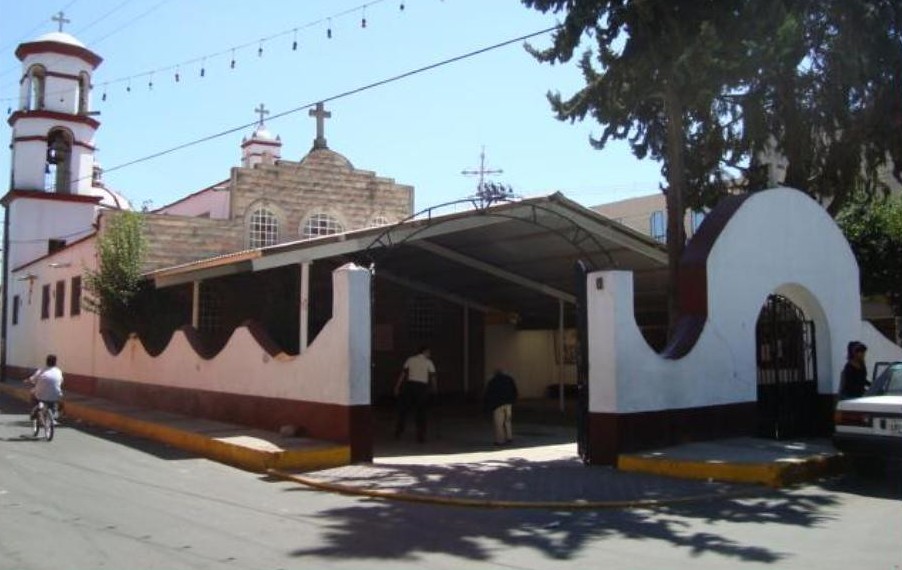
San Martín Xochinahuac is dedicated to the patron saint, Martin of Tours, in France. It’s an ancient town, one of the original 27 recognized by the Dominicans in the 16th century. It’s today recognized as one of the 25 original settlements of Azcapotzalco.
The neighborhood is today most famous for the 1967 discovery of a giant set of human remains. These reportedly constituted an ancient man who measured some 2.4 meters in height. They were discovered simultaneously with the remains of a mammoth, some 600 meters away at the Metro Tezozómoc station. In fact, no fewer than 12 sets of mammoth remains were recovered during the construction of Line 6 of the Metro. These are generally estimated to be from between 16,000 to 20,000 years ago.
The town is known to have been, lakeside, a center of chinampa farming during the ancient period. The Nahuatl name, Xochinahuac, can be translated to “next to the flowers,” rather beautiful, even today. The name refers to the agricultural production that no doubt proliferated here.
There are no records of where an earlier chapel may have stood. The church we see today was begun in the late 18th- or early 19th century. It was modified many times although the original dome and bell tower remain. In 1974, the nave was lengthened and the original vault was replaced. Several important paintings date from 1947.
The church of San Martín Obispo (pictured) is roughly 12 minutes north of Metro Tezozómoc. It’s generally considered the center of the ancient neighborhood. Importantly, the other church of San Martín de Porres is practically on top of the Metro station. The Mercado Pasteros is also within easy walking distance. Visits are often combined with a trip to the Alameda Norte and the other ancient barrios of Azcapotzalco.
Sources cited on this page:
Arroyo-Cabrales, Joaquín, Felisa J. Aguilar, “La fauna del Pleistoceno en Azcapotzalco.
Evidencias y reflexión”, Arqueología Mexicana núm. 136, pp. 30-33.
https://arqueologiamexicana.mx/mexico-antiguo/la-fauna-del-pleistoceno-en-azcapotzalco-evidencias-y-reflexion

Nearest at 0.63 kms.

Nearest at 0.65 kms.

Nearest at 0.97 kms.
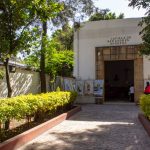
One of Azcapotzalco's nearly lost original settlements . . .
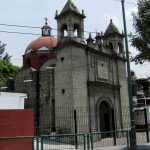
One of Azcapotzalco's ancient neighborhoods is remembered in a stone chapel.
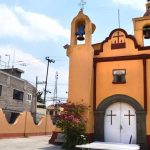
The chapel dedicated to San Andrés Apóstol dates from the 17th century.

The ancient neighborhood was sacred to the Tepanec people, the chief rivals to the Mexica of Tenochtitlan.
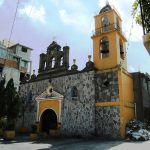
A crooked town center to one of Azcapotzalco's oldest settlements...